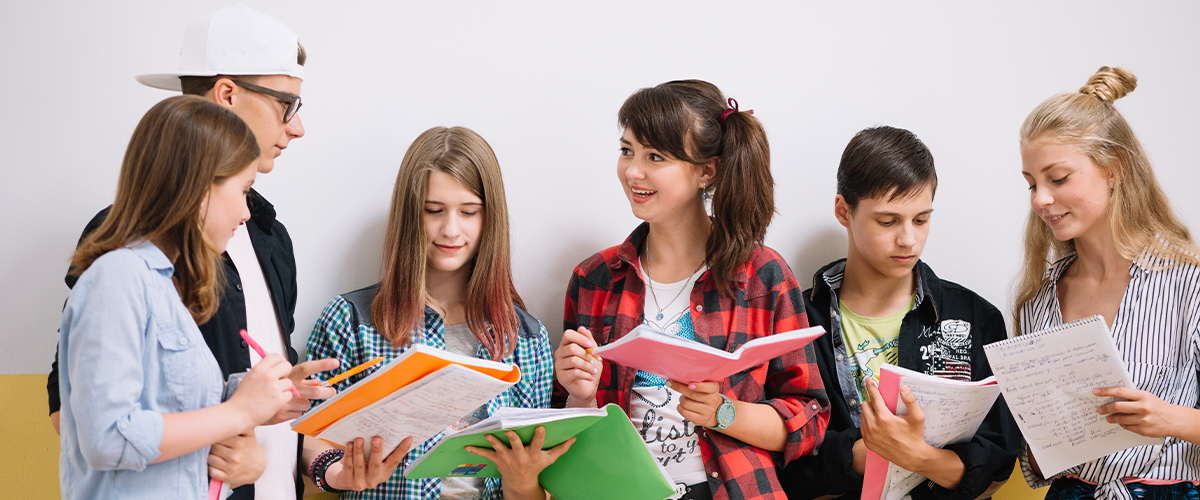An essential part of encouraging people to get involved in school fundraising activities – be they pupils, mums and dads, or members of staff – is making sure there’s something extra in it for them.
It could be anything from a simple ‘thank you’ gift to an extravagant prize: what matters is that having rewards like these up for grabs creates competition as well as camaraderie among those taking part.
By recognizing the hard work individuals have put in with incentives or treats, schools can build team spirit while boosting community pride, both of which help things run smoothly and make everybody feel good.
In this article, we take a closer look at why incentives matter when it comes to raising cash through educational events.

In the realm of raising funds for schools, incentives do more than offer rewards. They provide powerful reasons for action that can create excitement and encourage people to take part.
For example, when a school says it will have a read-a-thon and there’ll be an ice cream party for the class that reads the most books, something interesting happens: almost everyone at school gets involved.
Children start reading everywhere – teachers notice a buzz about books in the playground like never before. In this case, the incentive isn’t just ice cream.
Working toward a shared goal can bond communities, and it is this aspect that appeals beyond merely receiving free food or toys. Humans are hardwired to respond positively to rewards, and this basic trait isn’t lost on educators.
Whether children are pushing themselves that bit further because they know there’s a fun prize in-store or teachers are going the extra mile to get a thank-you coffee from their boss, incentives can make a huge difference.
When schools use incentives effectively, something rather magical happens. People don’t just give money because they have to – they do it with a smile on their face (and then tell everyone they meet to do the same).
Various age brackets could react in various ways to school fundraiser incentives. Younger pupils might prefer basic rewards like stickers or tiny toys, whereas their older counterparts may be incentivized by experiential perks – for example, exclusive events or opportunities:

Young students respond best to incentives that provide immediate happiness and excitement. Those in elementary school are particularly motivated by rewards that represent a break from the norm or offer an amusing variation during their usual school day.
For example, small toys or gadgets can have a big impact on them. Such objects do not have to be costly or complex. They should be straightforwardly colorful and fun – enough to make them grin with delight and join in fundraising activities!
Another effective motivator that children really like is more time for recess. Kids are eager to play, be active, and see their friends. So, offering extra minutes of free time outside can persuade them to join fundraising activities and help them form healthy habits.
A fun reward that also encourages students to reach their goals is having a pajama day at school. Wearing pajamas or relaxed clothes for the day instead of a regular uniform is popular with all ages (it creates buzz). If enough money has been raised, then why not have one?

Middle school kids who are moving from childhood to being teens like rewards that make them feel grown up and special.
They really like ‘dress down days’ too – when they can come to school in regular clothes instead of a uniform. It lets their style shine through! This idea is easy for teachers and parents to do and helps sponsored events go better.
In middle school, homework passes are a great way to get kids excited about fundraising. They love being able to take a break from schoolwork – and it shows them their efforts are appreciated.
When students are given special lunch privileges like cutting ahead in line or eating outside with friends, they feel pretty awesome. These perks appeal to young teens who crave both independence and approval from peers – so providing this stuff can be super motivating!

Teenagers in high school want to be more independent and have the same rights as adults. You can encourage them to do things by giving them something they like or need as a reward.
For instance, lots of students really want a parking space! If you offer the best spots as prizes for a competition, more people will join in. Being able to park near the main entrance is important to them (plus it makes them look cool).
Discounts on prom tickets resonate with high school students’ excitement around big events—not only does this offer help kids save cash, but it also stokes anticipation for the dance. By making fundraising more personal and relevant in this way, schools can increase their proceeds.
Similarly, special privileges like VIP seating during basketball games or express entry to sock hops provide pupils with a small glimpse of what it feels like to be ‘in the club.’
Because these perks play into teens’ social lives and cravings for one-of-a-kind happenings, offering them can make campaigns feel both cooler and more lucrative at once!
Boost your school’s fundraising endeavors with imaginative rewards that ignite enthusiasm and encourage involvement. Whether it’s customized mentions in the school newspaper or dress-up theme days, these one-of-a-kind incentives don’t just motivate students. They ensure everyone has a great time:

When students work together to earn rewards, everyone in the class feels like they’re part of something bigger. This can create a sense of community that encourages even more teamwork – which means even more prizes!
For example, if an entire grade wins a pizza party by collecting box tops, those fourth graders will get to have one awesome (free) lunchtime feast with their friends.
A non-uniform day for the whole school is another fantastic prize that can be given to a large group. On this day, everyone can take a break from wearing their usual clothes.
This simple reward is very effective because it allows pupils to show off their personalities. And when they do so together with their friends, it feels like everybody wins.
Going on extra school trips is one type of prize that really does stand out: it’s both educational and loads of fun! Winners get the chance to visit places not normally open to them, discover things they won’t find in any textbook, and make memories that’ll still be with them years later.

Personalized rewards for individuals acknowledge their hard work and contributions, which can be very motivating for learners.
One popular option is gift cards, as they are flexible and allow students to select their own gifts—be it food, music, or books. Tailoring rewards in this way makes them more appealing (therefore more effective fundraisers) because people feel a closer connection to what they will receive.
Students are drawn to electronic devices like fitness trackers and headphones because they tend to be tech-savvy.
If schools offer state-of-the-art gadgets as prizes in fundraisers, students take notice — and often get involved. Even though these items may be out of financial reach for many pupils, they remain must-have goods.
Certificates recognizing someone’s hard work do more than show gratitude. They also give recipients something solid that shows: Yes, I was involved (at a high level) in this project or event!
People who earn awards like these can display them proudly afterward. Doing so lets others know about both the effort expended and the impact made.

The enduring advantages of long-term rewards are capable of making a big difference in a student’s life. There are few incentives greater than scholarships for the best fundraisers: they help pupils achieve their educational goals while also providing direct support.
Such rewards do more than just encourage students to raise money. They give young people an asset that will benefit them significantly for years to come.
One way to encourage students is by allowing them to leave a permanent mark on their school – through things like naming rights for parts of the building or sports fields.
If someone has done something great, this is a lasting way to say thank you: their achievement will always be linked with an area that has been improved. It also motivates pupils when they see plaques and signs up around the place saying who has sponsored new equipment or facilities!
Incentives and rewards aren’t merely nice extras. They’re potent instruments that can turn school fundraising from a chore into something fun and involving – with results to match.
If you use these incentives right, you’ll generate excitement and commitment; people will take part more enthusiastically and both feel and do well about helping out.
Remember: it’s not only prizes. Fundraisers should also acknowledge how hard someone has worked or how dedicated they’ve been.